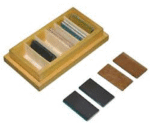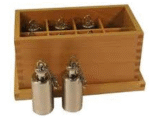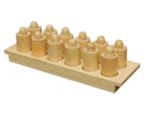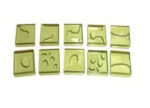,,
Sensorial
Download Montessori Sensorial PDF Materials for Ages 3 to 6 in an Instant !
Montessori Mystery Bags Lesson Activity
..
Montessori Sandpaper Letters
..
Montessori Trinomial Cube Presentation
..
Montessori Binomial Cube Presentation
..
Montessori Baric Tablets Presentation
..
Montessori Touch Fabrics Presentation
..
Montessori Touch Boards Presentation
..
The Montessori Bells – additional exercises
..
The Montessori Bells Presentation
..
Montessori Sound Cylinders Lesson Activity
..
Montessori Constructive triangles Box 5 – experimental box
..
Montessori Constructive triangles Box 4 Lesson Activity
..
Montessori Constructive triangles Box 3 Lesson Activity
..
Montessori Constructive triangles Box 2 Lesson Activity
..
Montessori Constructive triangles Box 1 Lesson Activity
..
Montessori Knobless Cylinders Lesson Activity
..
Montessori Colour Wheel Lesson Activity
..
Montessori Colour box 3 Lesson Activity
..
Montessori Colour box 2 Lesson Activity
..
Montessori Color box 1 Lesson Activity
..
Montessori Broad Stair Lesson Activity
..
Montessori Pink Tower Lesson Activity
..
Montessori Knobbed Cylinders Lesson Activity
..
The Montessori Red Rods Lesson Activity
The Montessori Red Rods are used to teach Length. There is a definite relation between the ten pieces of each series. In the material for length the shortest piece is a unit of measurement for all the rest; the second piece is double the first, the third is three times the first, etc., and, whilst the scale of length increases by ten centimeters for each piece, the other dimensions remain constant.
Montessori Thermic Tablets Lesson Activity
..
Montessori Thermic Bottles Lesson Activity
..
Montessori Smelling Jars Lesson Activity
..
Montessori Land and Water Forms Lesson Activity
..
Montessori Lessons, Continent Puzzle Maps, Age 3 to 6
,,
Montessori Sandpaper Numbers Lesson Activity
..










 '
'